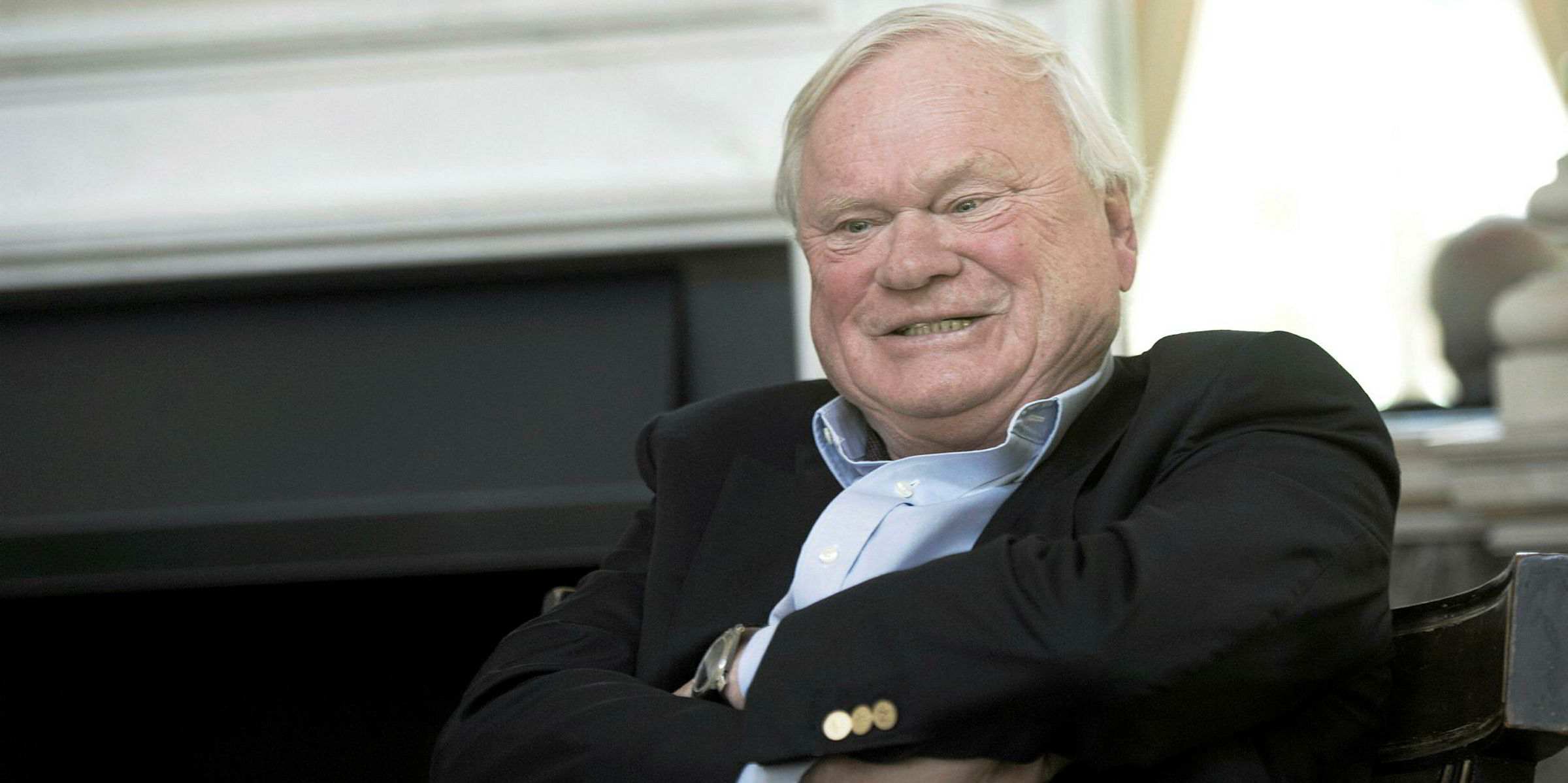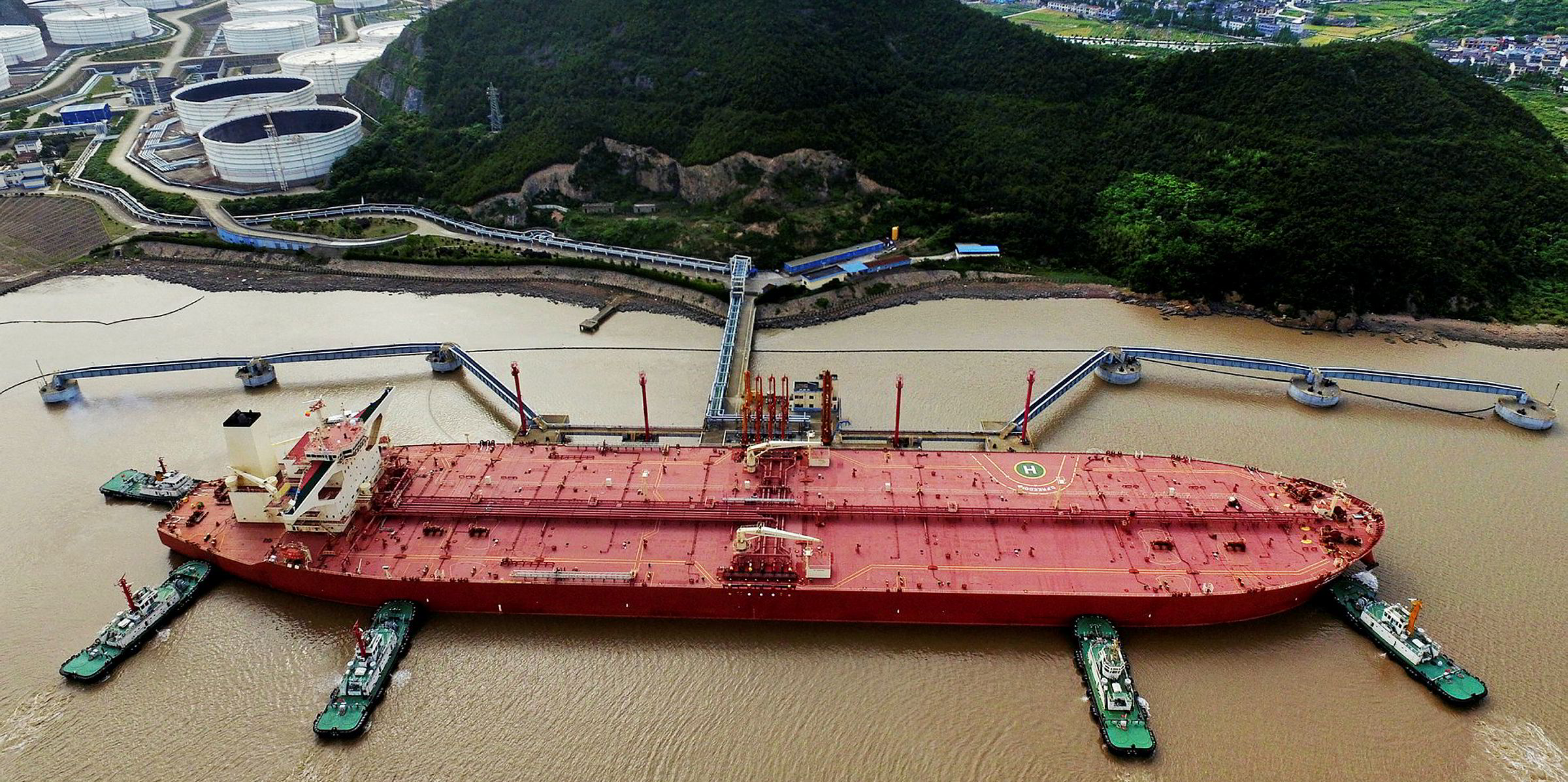Avance Gas is plotting its next phase of growth, driven by John Fredriksen’s appetite for the VLGC sector, with the aim of a potential US listing.
Chief financial officer Peder Simonsen suggested the Oslo-listed shipowner is poised to enlarge its fleet with its ownership structure becoming clearer.
“We are for sure looking to grow the fleet” with support from Fredriksen Group, he told TradeWinds.
“And we are continuing to look at new transactions. We are interested in both ship-by-ship transactions or fleet [acquisitions].”
While refraining from ordering new vessels to avoid creating overcapacity, Avance Gas will target modern tonnage with low fuel consumption, according to Simonsen.
The planned expansion will come as the company, which owns 14 VLGCs, shores up its balance sheet.
It secured a new $515m credit facility in May, enabling full financing of its outstanding debt — a move that keeps the cash break-even level for its ships at $22,500 per day.
Simonsen suggested Avance Gas may not need to take in tonnage on financial leases or operating leases, but does not rule out the possibility in connection with new projects. Time-chartering in vessels for short period is another option. “We are looking at all kinds of structures, so there is really no limitation to what we are doing,” he said.
However, he stressed that the focus will be on the VLGC sector: “There are really not much synergies, commercially or cost-wise, in expanding to the smaller-size vessels.”
According to Simonsen, while Avance Gas does not have a set target for fleet size, it needs to be big enough to provide better services and stay relevant to investors.
“Growth is important ... [for us] to be able to add flexibility to our clients and to offer interesting value propositions to new and bigger investors,” he commented.
Educating investors
Having been satisfied with Avance Gas’ liquidity in Oslo in relation to its size, Simonsen said eventually the company would probably seek to list in the US, for more trading volume and a wider base of investors.
“With a larger market capitalisation, you generally attract more long-term US investors,” he said.
Some market participants reckon companies with market capitalisation of more than $1bn have a better chance of securing institutional investors on Wall Street, although occasionally a capitalisation of $500m would be sufficient to entice long-term investments.
Among Fredriksen’s group of outfits, Frontline, Golden Ocean, Flex LNG and Seadrill are dual-listed in Oslo and the US.
“We will always benefit from being part of the group in terms of going to the US,” Simonsen said.
“They have done a fantastic job educating the US investors ... Being part of this group will be positive.”
Avance Gas was formed in 2007 as a subsidiary of Stolt-Nielsen. Before its Oslo listing in 2014, its shares were equally divided between Stolt-Nielsen, Sungas and Frontline.
However, over the years, Fredriksen has raised his stakeholding via his affiliates — including Frontline — to more than 20%, while Stolt-Nielsen and Sungas reduced their holdings.
In July 2018, the tycoon’s key shipping man, Marius Hermansen, replaced Niels Stolt-Nielsen as Avance Gas chairman. Then, the company’s personnel moved from Grev Wedels Plass in Oslo to Fredriksen Group’s nearby headquarters in Bryggegata.
“We are fully integrated into the group,” said Simonsen, adding that Avance Gas enjoys knowledge sharing with other Fredriksen affiliates and appreciates the access to group resources on the operational and technical sides, as well as in the capital markets.
The IMO 2020 situation does create ... a bit of hesitance for committing for long-term period charters, so the depth of period markets is not excessive
Peder Simonsen
In one example, he pointed out that the company has more flexibility in terms of scrubber installations.
Avance Gas placed firm orders to install Wartsila scrubbers on two of its vessels and will decide whether to exercise options for six more by the end of September. To maximise its return on investments, it is looking to complete the installations by the end of March 2020.
'It's all about US exports and Asian imports'
“We are also considering other vendors,” Simonsen said. “The Seatankers group has a significant number of scrubber installation projects underway. Having the ability to be part of that programme ... gives us more flexibility.”
Seatankers is Fredriksen’s management entity for his assets in shipping, offshore and other areas.
Following the exit in April of long-time president Christian Andersen, who adopted a spot-focus strategy, Avance Gas has hired Ulrik Andersen from Petredec to take charge from August. Will the charter strategy be geared towards more period charters with a new boss?
“With his extensive experience, he will have his own view on the commercial strategy,” said Simonsen, who is acting as interim chief executive. “Right now, we are very much enjoying the strong spot market. We will like to see how we can best utilise that market for our shareholders.
“The IMO 2020 situation does create ... a bit of hesitance for committing for long-term period charters, so the depth of period markets is not excessive.”
Clarksons assessed spot VLGC earnings at $61,700 per day at the beginning of this week — the highest since early 2016.
With limited fleet growth and expanding US-Asia trade on the back of increasing shale output, many industry officials reckon the VLGC market has entered an upcycle.
“This market is all about US exports and Asian imports,” Simonsen said. “The VLGC space is predominantly [an LPG] supply-driven market, cheap LPG coming out from the US and Middle East ... [that] needs to be put on the ships.”
While low Opec output is expected to curb Middle Eastern LPG exports, the development of logistics infrastructure will lead to more exports from North America, he believes.
With Pennsylvania’s Mariner East II pipeline project to be commissioned in December, Simonsen estimated monthly exports from Marcus Hook will have risen to up to 10 VLGC cargoes per month. VesselsValue data shows only 29 VLGC shipments from the terminal for the whole of 2018. “This is fantastic news for shipping,” he said.
North American LPG export logistics projects that are due this year include the 175,000-barrels-per-day expansion of Enterprise Products Partners’ terminal in Houston and AltaGas’ 1.2-million-tonnes-per-year terminal at Ridley Island in British Columbia.
“With improvement in infrastructure and pipelines, new terminal capacity coming onstream, you will have further expansion in [LPG exports],” he said.






